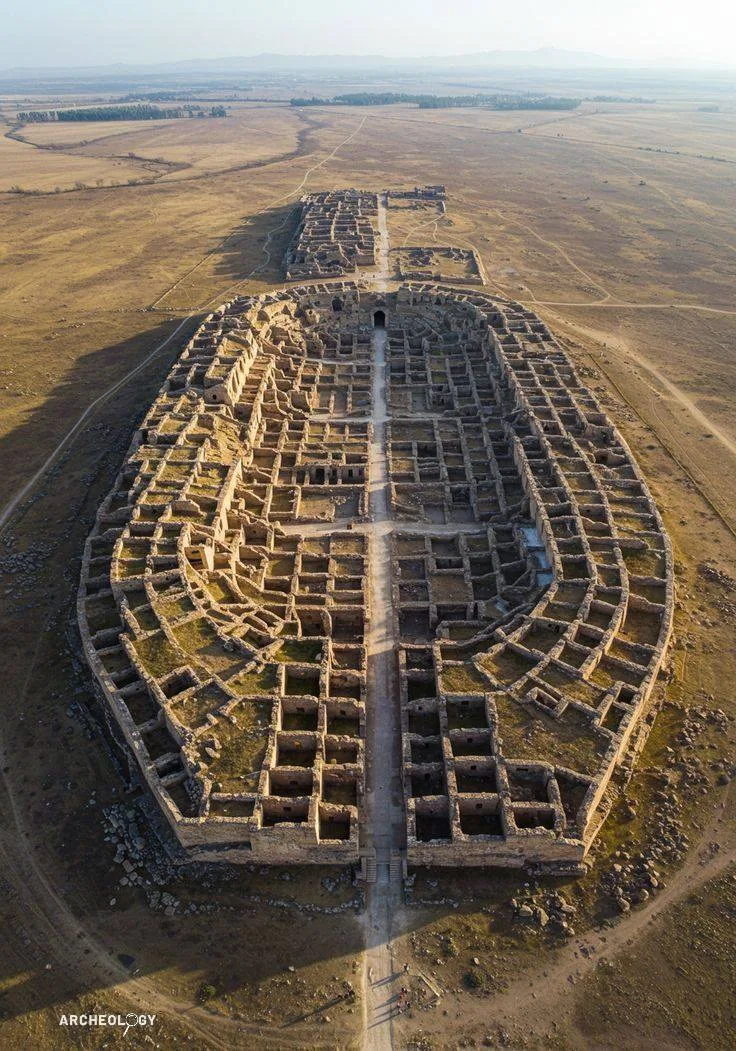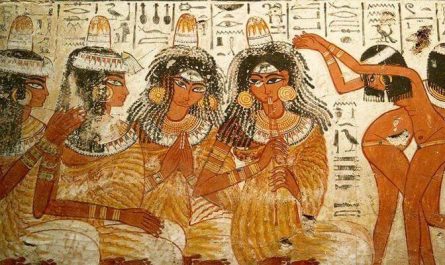Erected under the visionary reign of King Kurigalzu I in the 14th century BCE, Dur-Kurigalzu rose as a strategic capital of the Kassite dynasty, a testament to their ambition to weave their legacy into the historical and spiritual fabric of Mesopotamia. Nestled near the confluence of the Tigris and Diyala rivers, this city was a hub of power and culture, its sprawling ruins now stretching across the earth like the fossilized pulse of a long-vanished era.
These remnants whisper tales of sacred rituals, intricate governance, and the vibrant daily life of a civilization that helped forge the foundations of organized society.
The city’s design is a marvel of ancient urban planning, blending function with profound symbolism. Carefully arranged residential quarters, labyrinthine streets, and monumental temples, including the towering ziggurat dedicated to Enlil, were once encircled by formidable defensive walls, a testament to the Kassites’ ingenuity and aesthetic ambition.

The ziggurat, built with sun-dried bricks and reinforced with kiln-baked layers set in bitumen, stood as a bridge between earth and the divine, its geometric precision reflecting a deep alignment with celestial order, spiritual beliefs, and the rigid hierarchies of Kassite society. Palaces, such as the vast Palace of the Mountain Sheep, adorned with vibrant wall paintings and supported by sophisticated water management systems, further showcased the city’s architectural splendor and cultural sophistication.
From an aerial perspective, the ruins of Dur-Kurigalzu form a haunting tapestry of symmetry and decay. Each cracked stone, weathered wall, and eroded brick—many inscribed with Kurigalzu’s name—carries the weight of centuries, bearing silent witness to the Kassites’ integration of Babylonian traditions.
Artifacts unearthed from the site, including over 100 cuneiform tablets, terracotta figurines dedicated to the goddess Gula, and a life-sized statue of Kurigalzu II, reveal a society rich in administration, artistry, and devotion. These relics convey a sobering truth: even the grandest human endeavors succumb to time’s relentless erosion.
Yet, far from symbolizing loss, Dur-Kurigalzu stands as an enduring emblem of human resilience and aspiration. Its ziggurat, once mistaken for the Tower of Babel, rises defiantly from the Iraqi desert near modern-day Aqar Quf, a UNESCO-recognized site that draws visitors to walk its ancient paths.
The city captures a frozen moment where past and present converge, where the ambitions of an ancient empire continue to speak—not through words, but through the enduring architecture of legacy. Its influence persists in the cultural continuity of Mesopotamian traditions, from the Kassites’ adoption of cuneiform to their contributions to later Neo-Babylonian architecture.
In this stark yet evocative landscape, Dur-Kurigalzu remains a poignant reminder of civilization’s cycles of rise and fall. Rediscovered in the 19th century and excavated in the 1940s by Iraqi and British archaeologists, the site continues to captivate scholars and travelers alike, its story amplified in modern media like Assassin’s Creed Mirage. It embodies humanity’s timeless quest to create, to endure, and to be remembered, its ruins echoing the Kassite Empire’s indelible mark on the tapestry of history.


